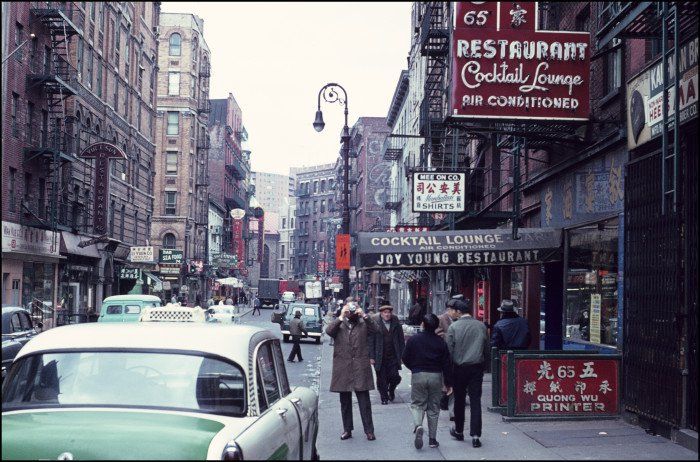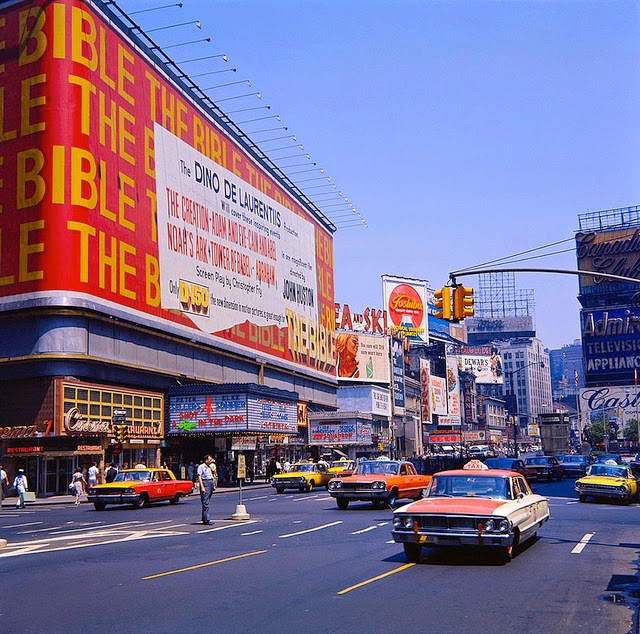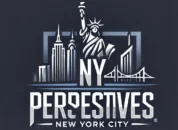

The March of Time. 1960's New York that no longer Exists
More on NYC in the 1960’s
New York City in the 1960s was a dynamic mix of glamour, grit, and social change. New York City was the hub, from Washington Square Park to the tip of the Bronx. A politically charged time, which started off with Robert F. Wagner as Mayor and ending the decade with John Lindsay, who inherited a developing chaotic rift in city government.
Times Square remained a bustling center of entertainment, while neighborhoods like Harlem and Greenwich Village became focal points for activism and creativity.
The Youth movement gained populism in defiance of the Vietnam war, yet there was strong opposition to such an effort, as the draft remained . . .
The American economy in the 1960s was largely prosperous, but it also faced growing challenges. The stock market boomed, with the Dow Jones Industrial Average surpassing 1,000 points for the first time in 1966. However, inflation and recession became concerns, and corporate mergers led to the rise of large conglomerates, shifting the economy away from small businesses. New York was no different, suffering from a famous Sanitation strike in 1968, and other various forms of internal struggle in City Government during the decade.
By 1968, inflation was rising, and the dollar was weakening, partly due to large-scale government spending and the constraints of the international monetary system. Despite these challenges, the U.S. gained greater access to global trade, and technological advancements, including early computerization, helped shape the future economy.
These changes and the challenging issues changed New York culture, from a distant calm of the post war 1950’s.
Sounds like kind of a cycle like today’s America, but in a different circumstance, a different time, and a different form.
CHANGES SINCE THE 1960’s
New York City has transformed dramatically since the 1960s, evolving from a gritty, rebellious metropolis into a global hub of finance, culture, and technology. Here are some of the biggest changes:
Skyline & Architecture: The city has seen a boom in skyscrapers, with iconic additions like One World Trade Center replacing older structures.
Crime & Safety: NYC in the 1970s and 1980s was notorious for crime, but since the 1990s, crime rates have dropped comparably, making the city much safer. Still, however, crime remains a significant problem and will be a factor in the next mayoral election.
Transportation: The subway system has modernized, with contactless payments replacing tokens. Bike lanes and pedestrian-friendly spaces have expanded and rideshare services have changed how people get around. One thing that has returned from the 1960’s — the absence of graffiti!
Culture & Diversity: The city remains a melting pot, but neighborhoods have shifted—gentrification has transformed areas like Brooklyn and Harlem, bringing new businesses but also displacing longtime residents.
Technology & Economy: NYC has evolved from an industrial and financial powerhouse to a center for tech startups, media, and global commerce.
Cost of Living: Rent and real estate prices have skyrocketed, making affordability a major issue compared to the 1960s.


